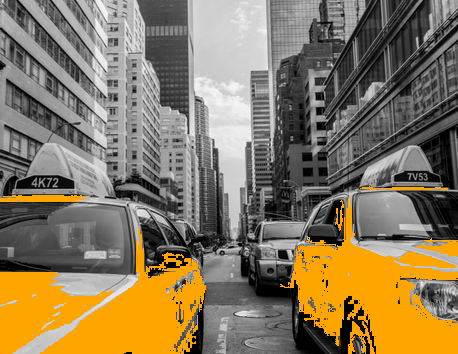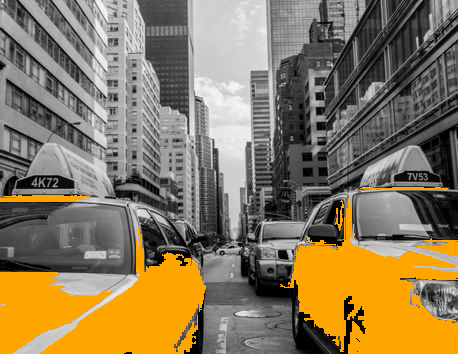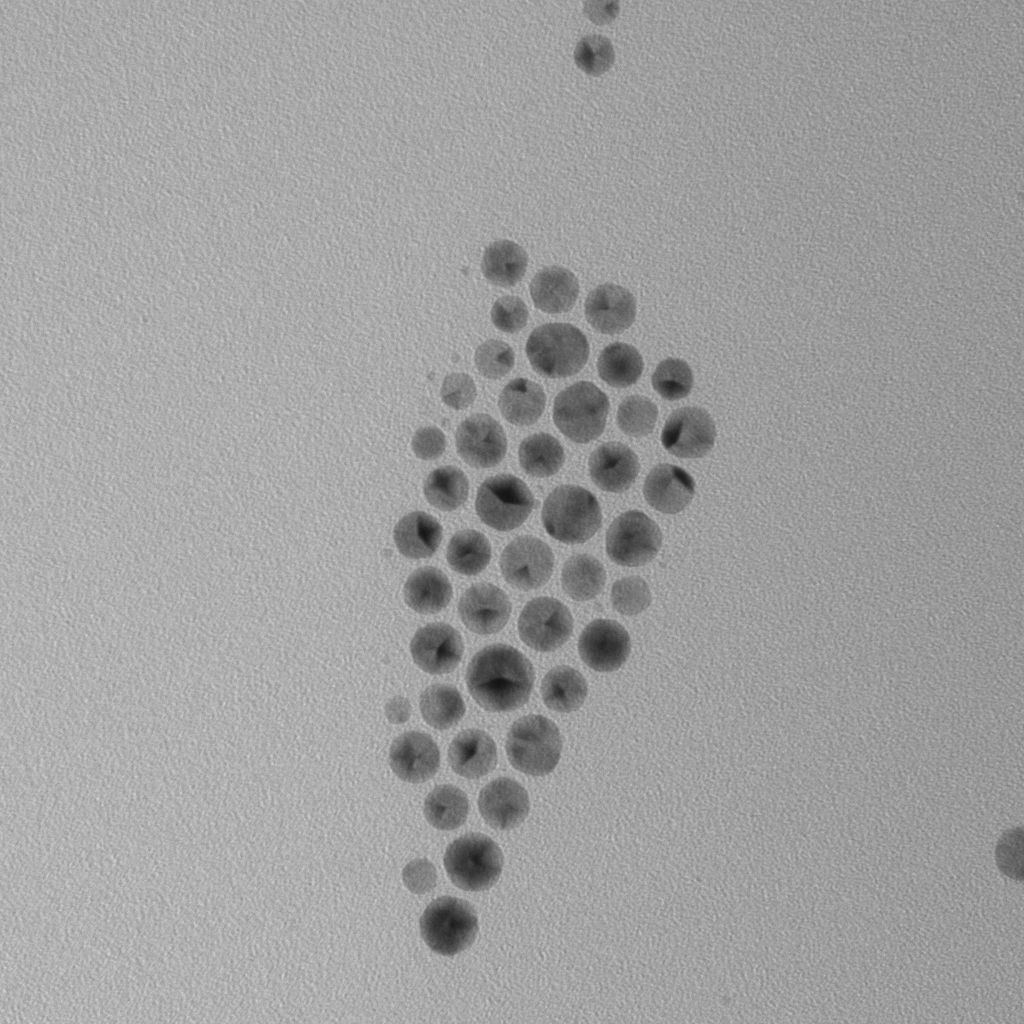README
image-js
Advanced image processing and manipulation in JavaScript.
image-js is a full-featured library that can deal with simple image processing (color leveling, grey image, mask, resize, rotation, etc.) as well as advanced processing on scientific images (Region of interest (ROI), Hull curve, minimal boundary rectangle (MBR), particle size and orientation, cell imaging, etc.).
Maintained by Zakodium
API Documentation
Installation
$ npm install image-js
Features
Supported image formats
The following formats can be loaded by image-js:
- PNG (8 or 16 bits, color or greyscale, with or without alpha, palette 1 - 8 bits)
- JPEG
- TIFF (8 or 16 bits, color or greyscale, supports LZW compression)
The following formats can be saved by image-js:
- PNG (8 or 16 bits)
- JPEG
- BMP (black and white)
Native support for various bit depths and image kinds
image-js was developed to be used in scientific applications where we often
have to work on images that have more that 8 bits per channel.
Unlike many other libraries, if a 16-bit greyscale PNG is decoded, the resulting
image has only one 16-bit channel and no pixel information is lost.
image-js can work with images that have 1 (binary), 8, 16 or 32 bits per channel.
It can accept an arbitrary amount of color channels (usually 1 or 3) and can
handle an additional alpha component.
Basic image manipulation
image-js can be used to do simple image manipulations such as:
- Resize
- Crop
- Rotate
- Convert to greyscale
- Invert colors
- Gaussian blur
- Extract individual channels (red, green or blue)
- And more...
Statistics
image-js implements a number of functions to get statistics about an image:
- Histogram
- Max, min, median value
- And more ...
Advanced features for computer vision
- Image thresholding (otsu, triangle, ...)
- Regions of interest
- Convolution with custom kernel
- Sobel filter
- Morphological transformations (open, close, erode, ...)
An example using npm and node
Install the library:
npm i image-js
An example of code manipulating the image 'cat.jpg' (you need to create it).
const { Image } = require('image-js');
execute().catch(console.error);
async function execute() {
let image = await Image.load('cat.jpg');
let grey = image
.grey() // convert the image to greyscale.
.resize({ width: 200 }) // resize the image, forcing a width of 200 pixels. The height is computed automatically to preserve the aspect ratio.
.rotate(30); // rotate the image clockwise by 30 degrees.
return grey.save('cat.png');
}
node index.js
A greyscale image will be saved in the same folder.
Examples in the browser
Load an image and convert it to grey
<html>
<head>
<script src="https://www.lactame.com/lib/image-js/0.21.2/image.min.js"></script>
</head>
<body>
<img
id="color"
src="https://www.lactame.com/github/image-js/image-js/3073b80c7d626196cb669f9d617f491a8338ca66/test/img/taxi/original.jpeg"
/>
<img id="result" />
<script>
async function process() {
let image = await IJS.Image.load(document.getElementById('color').src);
let grey = image.grey();
document.getElementById('result').src = grey.toDataURL();
}
process();
</script>
</body>
</html>


Create a mask


Paint a mask


Filter a mask using Region Of Interests (ROIs)
Image-js has a powerful Region of Interests Manager that allows to create ROIs from different sources. The ROIs can then be filtered, manipulated and finally painted to an RGBA image.


When extracting a mask from a ROI you have many options (contour, box, filled, center, hull or normal). Here it looks better to use the filled ROI.


Advanced analysis of SEM / TEM images
This library is able to deal with complex analysis involving images of cell or SEM / TEM. It will deal correctly with 16 bits grey scale images (TIFF or PNG) commonly found in scientific results.
In this example we will annotate an SEM / TEM image by coloring each particle and show the surface of them.


We also display a table containing a summary of all the identified particles.
Development
Contributions to code or documentation are welcome! Here are a few tips on how to setup a development environment for image-js.
Canvas
The canvas native addon library is required for all tests to pass. You can
follow the instructions to install it on your OS here.


